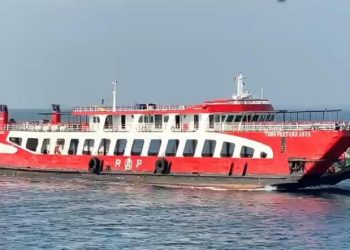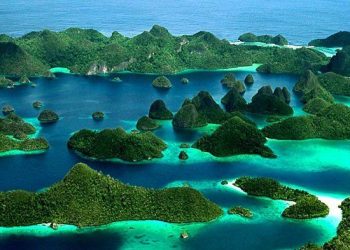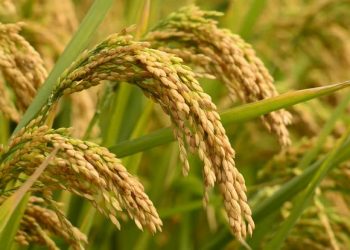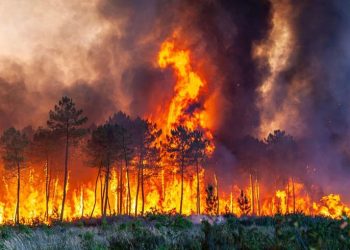Bandung, Indonesia Sentinel — Indonesia is currently transitioning from the dry season to the rainy season, a period marked by unstable atmospheric conditions that can lead to the formation of Cumulonimbus clouds, according to the Meteorology, Climatology, and Geophysics Agency (BMKG). These clouds often trigger extreme weather events, heightening the risk of hydrometeorological disasters.
Hydrometeorological disasters are natural events caused by water cycles, rainfall, and their interaction with climate and weather patterns. These disasters can result in widespread damage to homes, infrastructure, public facilities, and the environment. They can also lead to loss of life, health problems, and significant social and economic disruption.
According to information from BMKG, here are some examples of hydrometeorological disasters that could occur in Indonesia during the seasonal transition to rainy season:
Flooding
Flooding occurs when water levels rise due to the inability of the land to absorb excess rainfall. It can also happen when rivers, lakes, or oceans overflow. Heavy, continuous rainfall often leads to severe flooding, which in its most destructive form can develop into flash floods, a sudden surges of water that carry large volumes of water downstream. Flash floods pose a high risk due to their destructive nature, sweeping away everything in their path.
Landslides
Landslides, typically triggered by heavy rain or earthquakes, occur when saturated soil shifts, often on sloped areas. The added weight of water causes the soil to move, damaging anything in its path. Landslides are particularly dangerous in mountainous or hilly regions and can cause extensive damage to homes, infrastructure, and the environment.
Extreme Rainfall
Extreme rainfall refers to unusually high amounts of precipitation over a specific area within a short period. This type of disaster is triggered by the formation of high-altitude Cumulonimbus clouds, which can also produce strong winds, hail, and even tornadoes. The sheer volume of rain can lead to flash flooding, landslides, and severe infrastructure damage.
Strong Winds
Strong winds occur when wind speeds exceed 27.8 km/h, moving from areas of high pressure to low pressure. These winds often accompany Cumulonimbus clouds and are most common during the transition between seasons.
Tornadoes
Tornadoes are rapidly rotating columns of air that can reach high speeds. While they usually last only a few minutes, tornadoes can cause widespread destruction. Tornado can damage buildings, uproot trees, disrupt transportation and power lines. In Indonesia, tornadoes are most likely to occur during the transition from the rainy season to the dry season.
Hydrometeorological Disasters in Dry Season
In addition to rainy season threats, hydrometeorological disasters can also strike during the dry season, particularly when rainfall becomes scarce.
Drought
Drought occurs when a region experiences an extended period of insufficient rainfall, leading to water shortages and significantly reduced soil moisture. The primary impacts of drought include water crises and agricultural damage, as crops fail due to a lack of water.
7 Best-Rated Resort in Likupang, North Sulawesi
Forest and Land Fires
Extended drought conditions often result in dry grasslands and forests, creating highly flammable conditions. Forest and land fires, fueled by dry vegetation, can spread rapidly, burning large areas and threatening ecosystems, homes, and livelihoods.
As Indonesia continues to experience this seasonal transition, BMKG has warned of the increased likelihood of extreme weather events. Citizens are advised to remain vigilant and prepare for potential hydrometeorological disasters as the country navigates through these unpredictable weather patterns.
(Raidi/Agung)


























